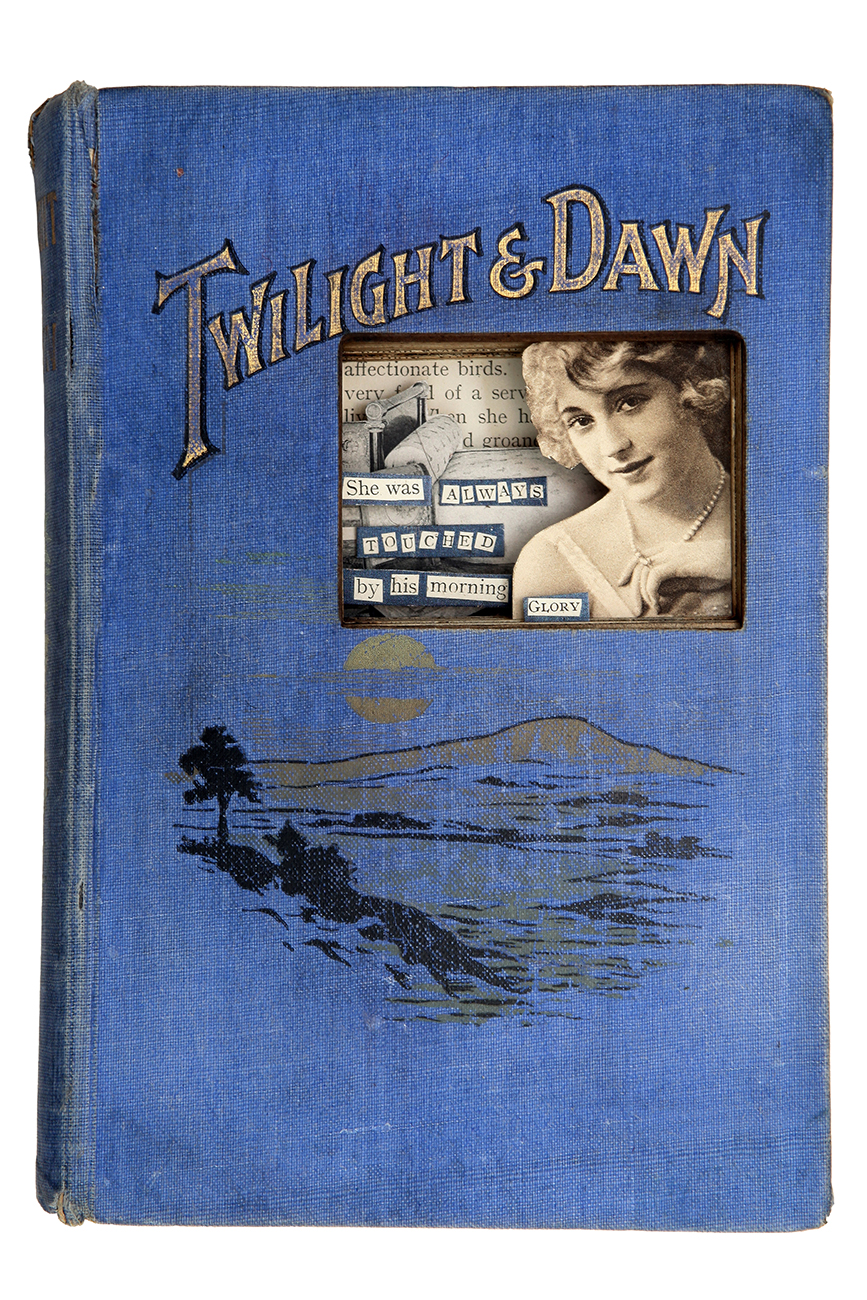

Nautical twilight is when the sun’s geometric center is between 6 degrees and 12 degrees below the Earth’s horizon. It ends when the sun’s geometric center reaches six degrees below the horizon. This time ends at sunrise, and the sun’s geometric center is six degrees below the horizon. Civil twilight is again differentiated into civil dawn. The terrestrial objects can be easily perceived.

At this time, the horizon can be seen clearly and without the help of artificial light. The three subcategories are:Ĭivil twilight is the brightest. The solar elevation angle is the sun’s geometric center relative to Earth’s horizon. Technically, twilight has three subcategories, and it is defined by the solar elevation angle. At twilight, the upper atmosphere provides natural light from the sun directly and scatters some of it on the Earth. There is a distinctive light at this time of the day which is neither like night nor like day. At this time, the sun is below the horizon of the Earth and is not directly visible. This time is a very favorite time with painters and photographers and also early risers who love to watch the sunrise. The result is that neither the Earth is completely dark or completely lit. It is the time when the sunlight scatters in the upper atmosphere of the Earth and illuminates the Earth’s lower atmosphere. First, it refers to the time of day between sunrise and dawn, and secondly it refers to the time between dusk and sunset. “Twilight” refers to two different times. Sundown and sunrise, dawn and dusk were the words used in everyday language.
TWILIGHT DAWN DUSK MOVIE
People hardly thought about twilight until the famous movie with the same name came out. The main difference between them is twilight comes twice a day and dusk just once. Astronomical twilight is the sky just as it turns from pitch dark to hints of lighter blue for dawn and just the opposite for dusk, it’s hues of blue right before the darkness of night.Ĭlick here if you want to look at all the stages of daylight and timing of our sunrises and sunsets through the year.Twilight and dusk are two different times of the day. Nautical Twilight you’ll probably need some form of light to see easily even though the sky is turning lighter or just beginning to darken during dusk.Īstronomical Twilight you’ll need your own light to take care of business. You won’t need to turn a light on to see what you're doing, it typically is bright outside at this point of the morning/evening.

Nautical Twilight is when the sun is 6-12 degrees below the horizon.Īstronomical Twilight is when the sun is 12-18 degrees below the horizon.Ĭivil twilight is just before you see the sun actually rise or just as the sun sets. The different between them is pretty simple scientifically!Ĭivil Twilight is when the sun is 6 degrees below the horizon and lasts through sunrise for dawn – or sunset to 6 degrees below the horizon for dusk. If you think about it though, daylight can be tricky business, after all there is dawn and dusk of civil twilight, nautical twilight and then there’s astronomical twilight too! Now coming up before 7AM and setting after 6PM.

We’ve got daylight everyone! It’s lasting longer and longer through the summer solstice.


 0 kommentar(er)
0 kommentar(er)
